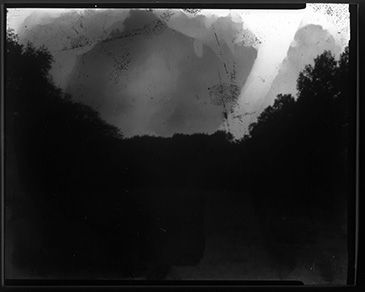Locations
745 to 768 of 5393 results
-
Kunstwerk Mildam | Baukje Venema
Kunstwerk Mildam | Baukje Venema
Een foto van Baukje Venema. Deze foto laat de ijsbaan in Hindeloopen zien en is uit een reeks van kunstwerken die bij de ijsbanen van de Iisbaankeunstrûte horen.
 Mildam
Mildam
from your location
-
-
Historische Overnachting
Historische Overnachting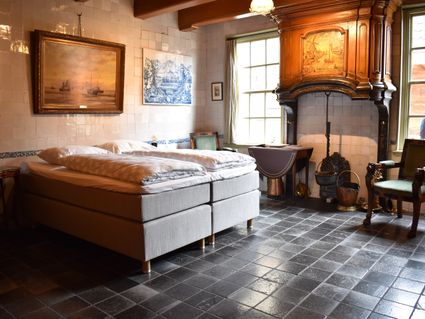 Woudsend
Woudsend
Direct boekbaar
from your location
-
Geuzengat
Geuzengat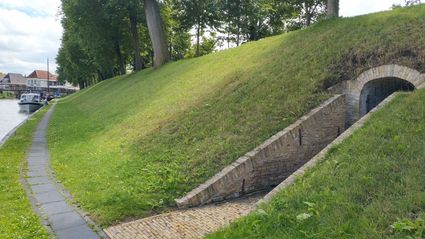 Franeker
Franeker
from your location
-
Roast Leeuwarden
Roast Leeuwarden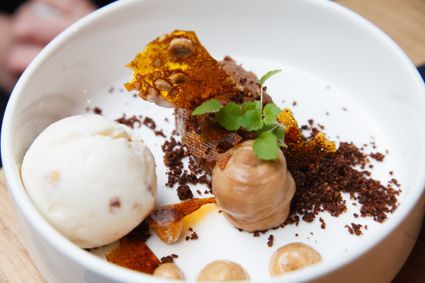 Leeuwarden
Leeuwarden
from your location
-
Dronken van de drank van Mussert
Dronken van de drank van Mussert
De ophanden zijnde bevrijding brengt een enorme verplaatsing van nazi-sympathisanten op gang. Uit angst voor een ‘bijltjesdag’ zoeken collaborateurs een veilig heenkomen. Zo krijgt het dorpje Zurich bezoek van NSB-leider Anton Mussert, die onderweg is naar de Afsluitdijk.
Met de bevrijding in aantocht maken tienduizenden Duitse militairen, nationaal-socialisten en hun Nederlandse sympathisanten zich grote zorgen over hun lot. Wat zal er met hen gebeuren, nu een Duitse nederlaag onvermijdelijk lijkt?
Vluchten richting ‘Heimat’ lijkt de beste optie, maar de Geallieerden stoten zo snel door richting het noorden dat Duitsland voor velen onbereikbaar wordt. Dan maar naar het nog bezette westen van Nederland en daar het verdere verloop van de oorlog afwachten.
In de laatste dagen voor de bevrijding ziet Friesland vele vluchtende collaborateurs voorbij komen, waaronder beruchte oorlogsmisdadigers. Ze proberen weg te komen met de boten in Lemmer of Stavoren, of met auto’s via de Afsluitdijk.
In de chaos van de laatste oorlogsweken krijgt het dorpje Zurich, onder de rook van Harlingen, bezoek van een stoet luxe auto’s. Zo’n twaalf mannen, twee vrouwen en twee kleine meisjes stappen uit. “Kunt u hier vandaag mijn gezelschap onderhouden?”, vraagt een van de mannen aan de cafébaas. “We willen vanavond doorreizen over de Afsluitdijk”. Het is NSB-leider Anton Mussert, die daarvoor van zijn landgoed uit Almelo is gekomen.
De auto die ze meebrengen bevat een ruime drankvoorraad. Het gezelschap is al gauw beneveld en belandt al lallend op de zeedijk. De NSB-ers maken een indruk alsof het ze allemaal niets meer kan schelen. Er wordt gescholden. De twintigjarige dochter van de cafébaas is er getuige van. “Wil je niet voor me in de houding, klootzak!”, roept iemand tegen een collega. Een van de vrouwen zegt: “Mijn man wou hoog, hij komt hoog te hangen”.
De NSB-ers zijn echter niet de enigen die van de drank hebben geproefd. De drankauto is door de dorpsbewoners aan een nauwkeurig onderzoek onderworpen. Een van hen zegt: ‘Ik bin dronken fan Mussert syn drank”, waarna hij in bed wordt gelegd. De volgende dag rijdt het gezelschap verder, richting Afsluitdijk.
Waddeneilanden
Ook de Waddeneilanden worden een toevluchtsoord voor collaborateurs. Daar zijn nog veel Duitse militairen en men hoopt van hieruit misschien op een andere manier geëvacueerd te kunnen worden. Het personeel van het beruchte Scholtenhuis, het SD-hoofdkwartier in Groningen, belandt bijvoorbeeld op Schiermonnikoog, waar het nog tot 11 juni duurt voor de laatste Duitse militairen zullen vertrekken.
Florentine Rost van Tonningen-Heubel, de vrouw van NSB-kopstuk Meinoud Rost van Tonningen, vlucht hoogzwanger naar Terschelling. ‘De zwarte weduwe’, zelf ook berucht omdat ze na de oorlog nooit afstand neemt van het nationaalsocialisme, bevalt op 28 april in het dorpje Midsland van een zoon. De bevalling zorgt voor veel opwinding, want als de eilanders erachter komen dat er in hun dorp een Rost van Tonningen is geboren, ontstaat er een kleine volksoploop. Maar uiteindelijk loopt alles met een sisser af.
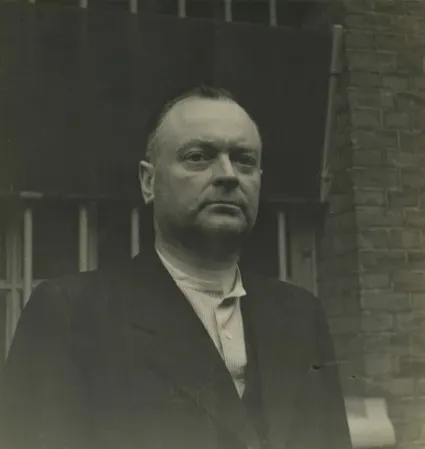 Zurich
Zurich
from your location
-
-
De Ald Toer
De Ald Toer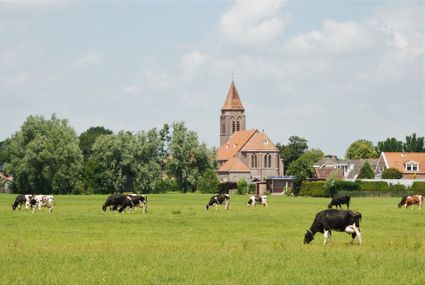 Easterwierrum
Easterwierrum
from your location
-
Toren Skillaerd
Toren Skillaerd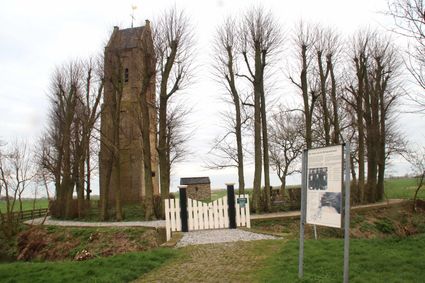 Mantgum
Mantgum
from your location
-
Camping Oan e Poel - Stacaravan Bruine Beer
Camping Oan e Poel - Stacaravan Bruine Beer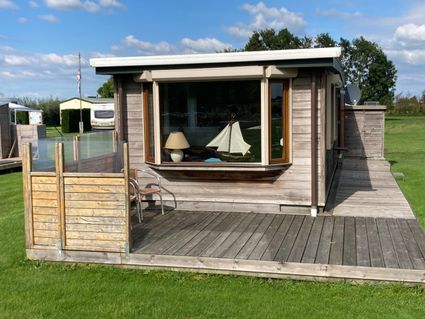 Heeg
Heeg
Direct boekbaar
from your location
-
Van der Valk Hotel Sneek - Deluxe kamer - Boszijde
Van der Valk Hotel Sneek - Deluxe kamer - Boszijde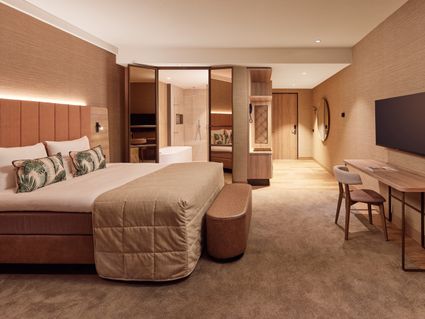 Sneek
Sneek
Direct boekbaar
from your location
-
Stuttebosch Forest
Stuttebosch Forest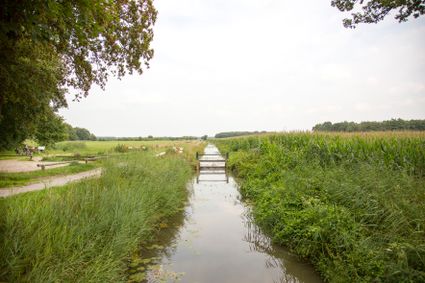 Oldeberkoop
Oldeberkoop
from your location
-
Lemsteraak Woudsend
Lemsteraak Woudsend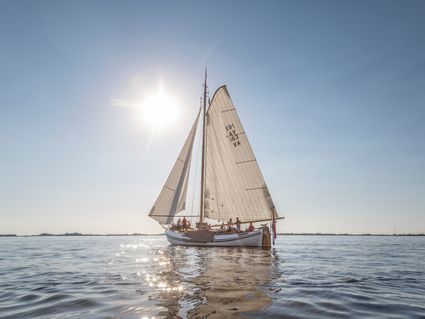 Woudsend
Woudsend
Direct boekbaar
from your location
-
Theeschenkerij de Útspanning
Theeschenkerij de Útspanning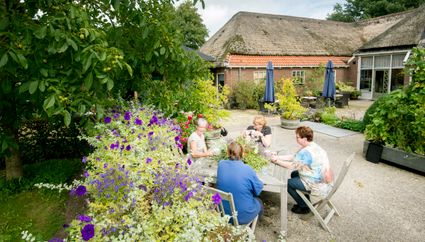 Ryptsjerk
Ryptsjerk
from your location
-
Wellekom Watersport - Motorjacht Escape
Wellekom Watersport - Motorjacht Escape Woudsend
Woudsend
Direct boekbaar
from your location
-
Landal Esonstad
Landal Esonstad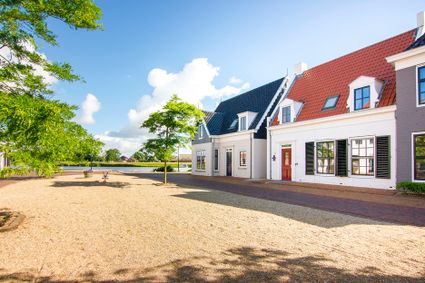 Anjum
Anjum
from your location
-
Tresoar
Tresoar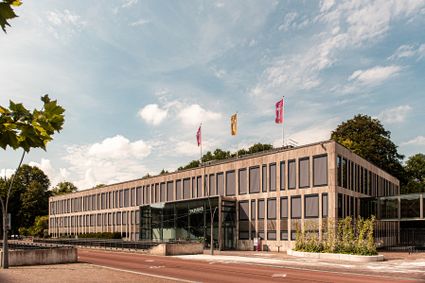 Leeuwarden
Leeuwarden
from your location
-
Visitor Center and Tourist Information Langweer
Visitor Center and Tourist Information Langweer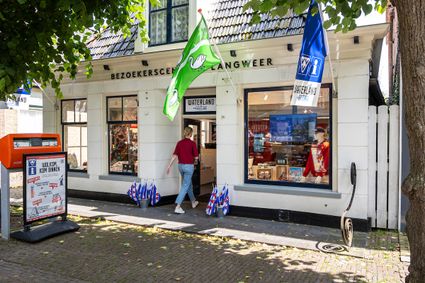 Langweer
Langweer
from your location
-
The SainT
The SainT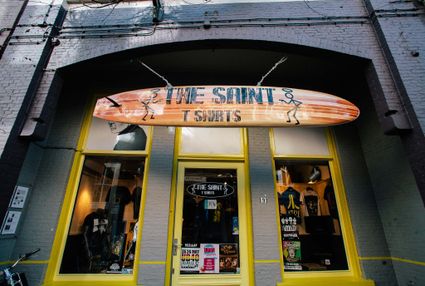 Leeuwarden
Leeuwarden
from your location
-
Voormalig schoolgebouw
Voormalig schoolgebouw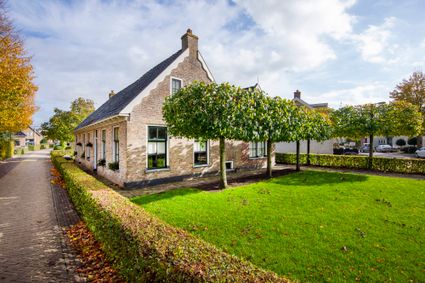 Garyp
Garyp
from your location
-
Rozengracht 15
Rozengracht 15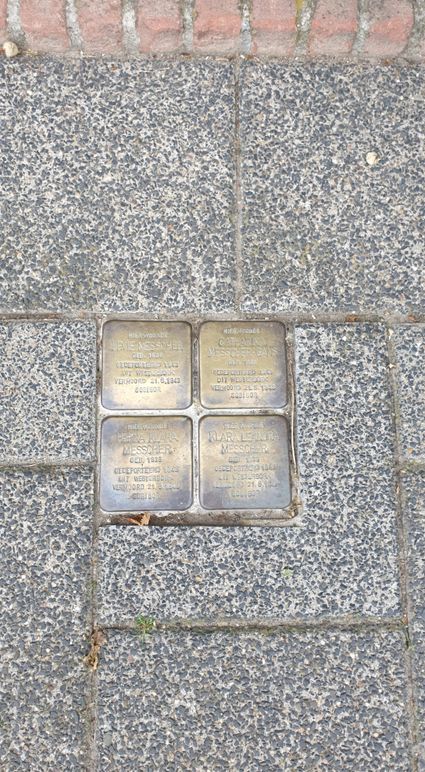 Harlingen
Harlingen
from your location
-
Schelpen van kokkels
Schelpen van kokkels Wierum
Wierum
from your location
-
The liberation of Leeuwarden
The liberation of Leeuwarden
On 11 April 1945, it became clear that German resistance in the north of the Netherlands was limited. On 12 April, the Allies seized this opportunity to advance on Friesland as quickly as possible. One of the main goals was to liberate Leeuwarden. The 9th Canadian Infantry Brigade was designated for this purpose. But things would turn out differently.
On 12 April, the Royal Canadian Dragoons entered Friesland at Noordwolde. They were to conduct reconnaissance with their armoured vehicles and reach the Wadden Sea as quickly as possible. As a result, the German troops in Friesland and Groningen would be separated.
On the night of 14 to 15 April, three Squadrons of the Dragoons were at Suameer. Burgum could not be reached earlier that day, because the bridge at Burgummerdam had been blown up by the Germans.
Meanwhile, all sorts of things were happening in nearby Leeuwarden. On 12 April, the airfield had been blown up by the Germans. And they left the city on 14 April. Leeuwarden would not be defended. The Burgerweeshuis (Civil Orphanage) that had housed several German agencies was set on fire. An attempt to blow up the telephone exchange failed due to an ingenious intervention by the resistance. In the early morning of 15 April, the resistance also took to the streets en masse to occupy important points and to capture Germans who had remained behind.
The Dragoons in Suameer were in contact with the resistance in Leeuwarden. Due to various reports, it was unclear whether there was now heavy fighting in Leeuwarden or whether the Germans had left the city completely. Because the Germans had blown up important bridges on the route from Heerenveen to Leeuwarden, the infantry could not quickly provide assistance.
So, the Dragoons went to take a look for themselves. Initially, a patrol of four vehicles was sent via the Groningerstraatweg into the city around half past eleven. One of the Canadians in those vehicles recorded the following:
"As we entered the city, passing through the concrete barrier by the narrow passageway left for normal traffic, we were met by an almost hysterical patrol of Resistance men [...] In a few moments the news of our arrival had spread through the city, and we were given a fantastic welcome as we rolled slowly forward into the centre of town."A resident of Leeuwarden recalled:
"We lived close to the Groningerstraatweg, where our liberators passed. Many hundreds of us stood there, all happy spectators. All of a sudden, two ladies from the row flung themselves forward and threw their arms around the Canadians' necks, saying: "Oh darlings, you’re here at last!"After the patrol determined that the coast was clear, the entire C Squadron, a detachment of the Royal Canadian Engineers and Regimental Headquarters of Lieutenant-Colonel Landell followed. Leeuwarden had been liberated. After this, thousands took to the streets. One of the Canadians wrote:
"We halted, and were immediately surrounded by laughing, yelling mobs of people, bringing flowers to give to us, and cheering every move. The Resistance men were everywhere, doing their best to keep the people within bounds and off the cars, but their efforts were hardly necessary. I never saw a more satisfying gathering in my life."Leeuwarden had been liberated by the Dragoons through unexpected circumstances. On the night of 15 to 16 April, Canadian infantry moved into the city.
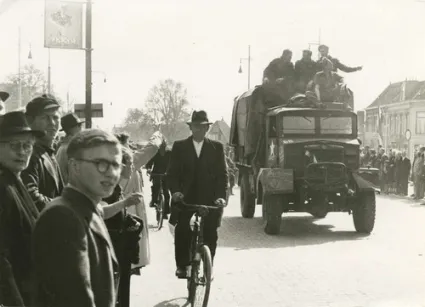 Leeuwarden
Leeuwarden
from your location
-
-
Houtzaagmolen de Rat
Houtzaagmolen de Rat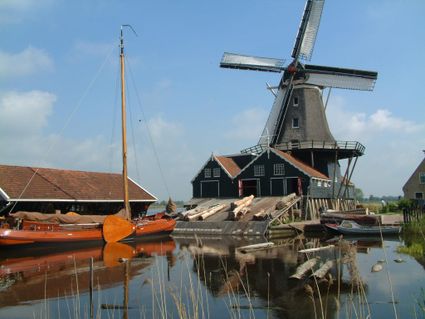 IJlst
IJlst
from your location
-
Watermerk Yachtcharter
Watermerk Yachtcharter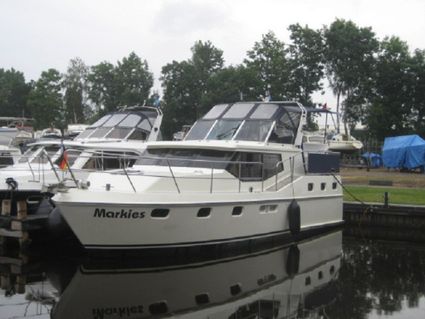 Heerenveen
Heerenveen
from your location
-
Tuinsteeg
Tuinsteeg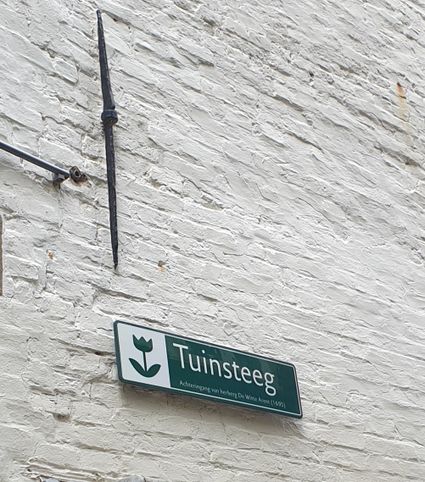 Harlingen
Harlingen
from your location
